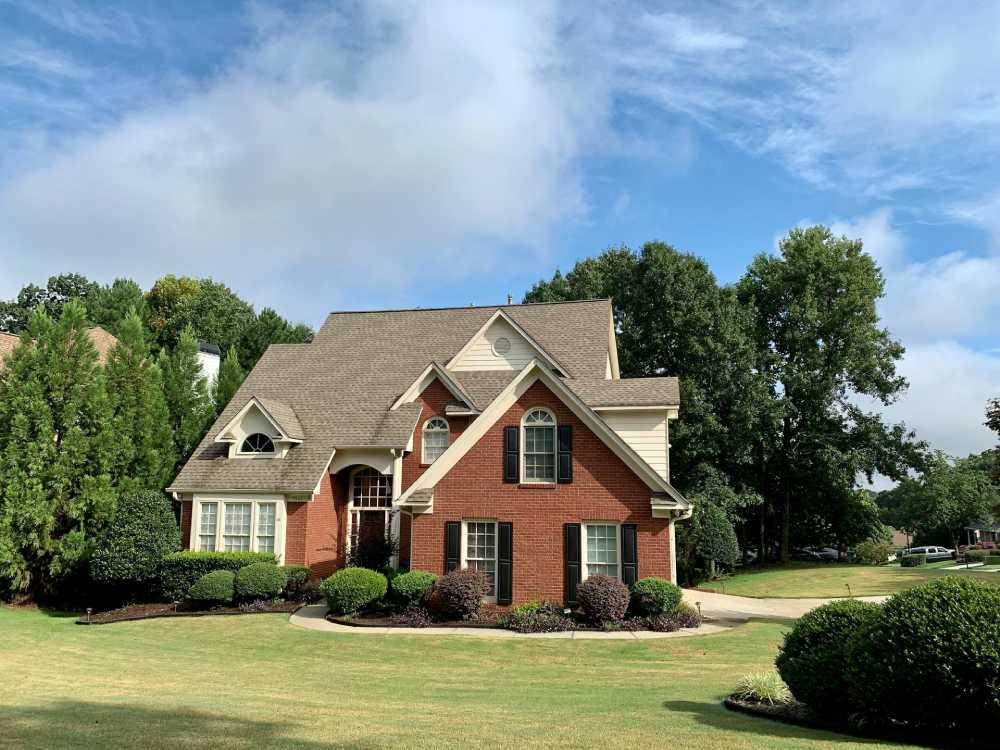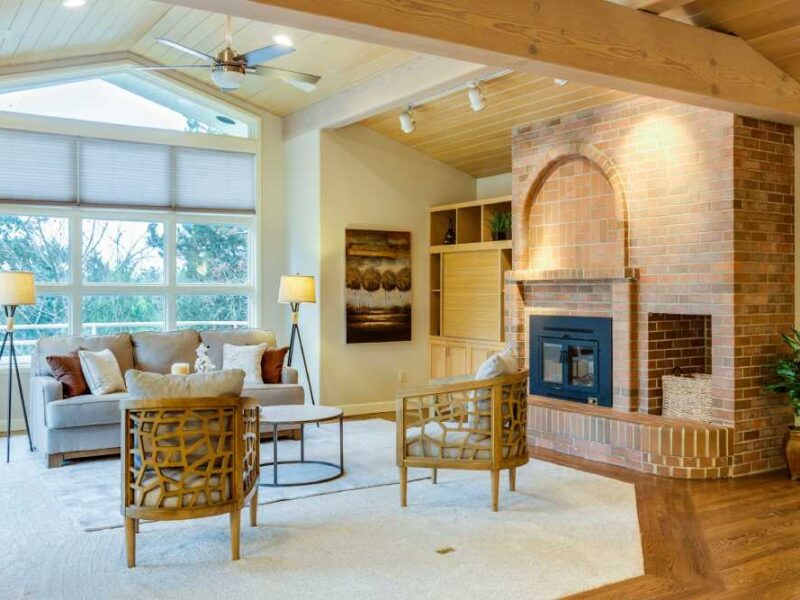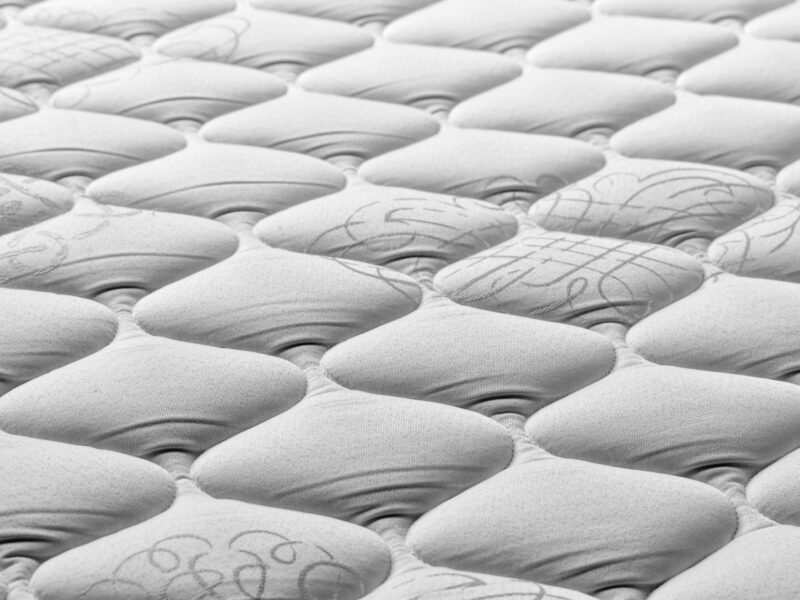Undertaking a roofing project can be daunting, as it has functional and aesthetic implications for your home. A well-chosen roof shields against the elements and contributes significantly to the house’s exteriors. This guide will navigate homeowners through the considerations essential to selecting the ideal roofing shingles, emphasizing pragmatism, beauty, and environmental consciousness.
The digital age has broadened access to vast swathes of information on building materials and best practices—which can seem overwhelming. Trusted resources like IKO Roofing provide comprehensive insights into the intricacies of roofing. Integrating information from such sources will ensure homeowners can make the best roof decisions.
Understanding Shingle Materials
The material composition of your shingles can heavily influence your roof’s longevity, cost, and overall performance. Shingle materials range from traditional wood and asphalt to innovative composites and metal. For instance, wood shingles offer an organic, timeless appeal but require consistent maintenance to guard against mold and rot.
Asphalt shingles, on the other hand, are relatively low-cost and famous for their adaptability to various roofing styles. Still, they may need replacement sooner than more robust materials like slate or composite.
Considering sustainability, recycled rubber or plastic shingles have emerged, repurposing waste into durable roofing solutions. They can mimic the textures of natural materials like slate and wood while offering superior resilience and a lower environmental footprint.
The durability and quality of roofing materials like IKO Shingles ensure long-lasting home protection in various weather conditions. Understanding the benefits and limitations of each material is crucial in selecting the most suitable shingle for your roofing needs. Opting for long-lasting and low-maintenance materials can save homeowners time and money in the long term.
Shingle Styles and Aesthetic Choices
Style plays a pivotal role in shingle selection. Architectural shingles, also known as dimensional shingles, provide depth and a rich texture that can imitate the look of natural slate or wood shake roofing. They are often chosen for their sophisticated appearance and engineered to resist the elements more. On the other hand, the classic three-tab shingle offers a clean, uniform appeal and can be more cost-effective. However, it might have a different dimensional look or lifespan than architectural shingles.
Considering the color and texture of your shingles is also essential to achieving a harmonious look for your home’s exterior. Lighter shingle colors reflect sunlight and help keep your home cooler in warm climates, while darker shingles better suit colder regions.
The choice of texture can complement your home’s architectural period or style, whether it be a sleek, modern aesthetic or a more traditional, rustic charm. Ultimately, the shingles you choose to adorn your roof have the potential to elevate your home’s facade to a statement of personal style and taste.
Climate Considerations for Shingle Selection
Your location’s climate is one of the most practical considerations when selecting your roofing shingles. High winds, hail, and severe storms necessitate robust shingles to resist such punishing conditions without compromising protection.
Manufacturers have developed impact-resistant shingles to tackle such challenges. In regions that experience high temperatures and intense sun exposure, cool roof shingles that reflect more sun rays and emit more absorbed heat might be the most effective choice.
Additionally, local building codes could influence the type of shingles available, as they set standards for wind resistance, fire rating, and other safety requirements. Consulting with a licensed local contractor or building official can provide homeowners with essential information tailored to their specific location, ensuring the roof’s compliance with local regulations and its ability to withstand local weather extremes.
The Impact of Sustainability in Shingle Production
Sustainability is a critical driver in modern construction, and roofing is no exception. Environmentally-friendly roofing materials are increasingly sought after for their reduced carbon footprint and potential to be recycled at the end of their lifecycle. Green roofs, incorporating living plants and remarkable roofing technologies, reflect sunlight and absorb less heat, offering eco-friendly benefits and savings on energy costs.
As homeowners become more conscious of their environmental impact, shingle choices will likely evolve to meet ecological and performance standards.
Installation and Maintenance
Your roof’s durability is also a product of professional installation practices. From ensuring the roof deck is prepared correctly to selecting the appropriate underlayment, each step in the installation process can either add to or detract from the lifespan of your roof.
Hiring a qualified roofer is of paramount importance. An improperly installed roof can lead to many issues, including leaks and diminished lifespan, underscoring the need for a seasoned professional with a solid track record of quality work.
Regular maintenance is required to retain your roof’s integrity post-installation. Simple tasks such as cleaning gutters, removing debris, and inspecting the roof for signs of damage can significantly extend the life of the shingles. Early detection of potential problems can prevent more extensive repairs or premature replacement.
Budgeting for Your Roof
Finding a balance between affordability and quality can be complex regarding roofing. Although cost-effective solutions may appeal to immediate budget constraints, they may offer different economic benefits in the long run when considering maintenance and replacement intervals. A thorough cost analysis should incorporate the shingles’ lifespan, potential energy savings from high-quality, efficient materials, and even insurance benefits that may arise from using certified shingle products.
When planning your budget for a roofing project, look beyond the upfront costs to the entire lifecycle cost of different shingle options. High-quality materials may have a higher initial cost but tend to provide savings through longevity and energy efficiency, reducing the total cost of ownership over time.
Innovative Technologies in Shingle Manufacturing
Roofing material technology is ever-evolving, introducing new products that offer enhanced protection and efficiency. Innovations like photovoltaic shingles combine traditional roofing with solar panel functionality, providing homeowners with a seamless method to harness solar energy. These shingles integrate with your existing roof system, maintaining the aesthetic while reducing reliance on non-renewable energy sources.
As technology advances, homeowners are presented with a broader selection of options that address durability, energy efficiency, and the environmental impact of roofing materials.
Choosing a Professional Roofer
Selecting the right roofing contractor is just as crucial as choosing the material. Experienced and credible roofers can advise on the best products for your project, ensure installation complies with industry standards, and provide warranties for their artistry.
Look for contractors with certifications from respected industry associations and check online reviews for a snapshot of their reputation and reliability. Engaging a trustworthy professional will safeguard your investment in your home and provide peace of mind for years to come.
Conclusion
From the rich tapestry of material choices to the vital importance of expert installation, every aspect of the roofing process contributes to your home’s safety, efficiency, and aesthetic appeal. This comprehensive guide offers homeowners a complete overview of the critical elements to consider when embarking on a roofing project.
By approaching the task with a clear understanding of your options, a commitment to quality, and an eye toward sustainability, you can ensure that your roof is a protective, beautiful, and eco-conscious crown for your cherished home.



